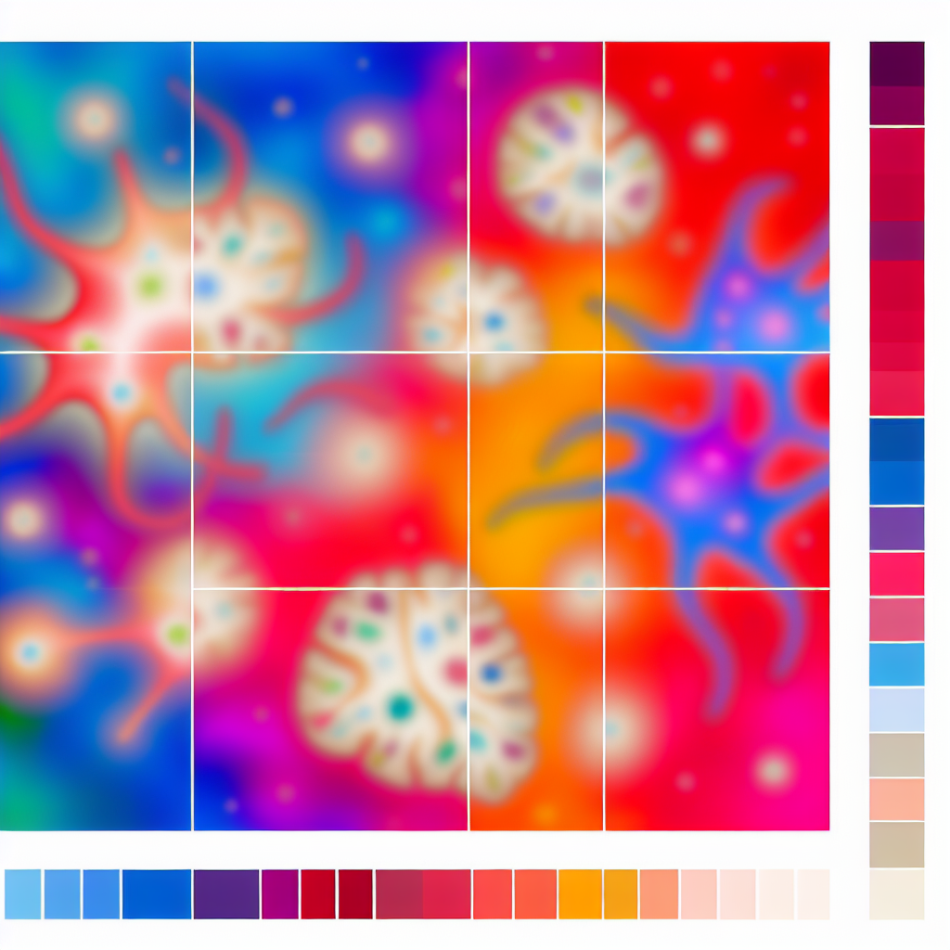Rethinking Neurodivergence: From Pathology to Human Diversity
For decades, neurodivergent individuals—those with autism, ADHD, dyslexia, or other neurological differences—were viewed through a lens of deficit. Their experiences were framed as disorders to be “fixed.” Today, a paradigm shift is underway: neurodivergence is increasingly recognised as a natural variation in human cognition. This article explores how moving away from deficit-based thinking fosters inclusion, celebrates strengths, and challenges systemic barriers that pathologise difference.
The Legacy of Deficit-Based Thinking
Traditional models of neurodivergence have roots in medical frameworks that prioritise “normalcy.” Conditions like autism or ADHD were—and often still are—classified as disorders, emphasising perceived shortcomings such as social difficulties or inattention. This deficit-focused approach shaped interventions aimed at conformity: behavioural therapies to suppress stimming, rigid educational structures penalising dyslexic students, or medications targeting hyperactivity without addressing underlying needs.
Such frameworks overlook the societal context. For example, a child labelled “disruptive” for ADHD traits might thrive in a flexible learning environment. By framing neurodivergence as inherently problematic, these models stigmatise differences while ignoring systemic inflexibility. The result? Marginalisation, eroded self-esteem, and missed opportunities to harness unique perspectives.
The Emergence of the Neurodiversity Movement
The neurodiversity movement, pioneered by activists like Judy Singer in the 1990s, redefines neurological differences as part of human biodiversity. It argues that conditions like autism aren’t flaws but variations with intrinsic value. This perspective aligns with disability justice principles, asserting that barriers arise from environments ill-equipped to support diverse needs—not from individuals themselves.
Central to this shift is the distinction between impairment and disability. While some neurodivergent people face genuine challenges (e.g., sensory overload), many struggles stem from inaccessible systems. A dyslexic employee may excel creatively but struggle with text-heavy reports—a mismatch remedied by tools like speech-to-text software. The movement doesn’t dismiss support needs but reframes them as societal responsibilities, not personal failures.
Strengths and Challenges: A Balanced Perspective
Embracing neurodiversity doesn’t mean romanticising all aspects of neurodivergent experiences. Instead, it calls for a nuanced view that acknowledges both strengths and challenges. For instance:
- Autistic individuals often exhibit exceptional pattern recognition, attention to detail, and deep focus.
- Those with ADHD may excel in dynamic, high-stimulation environments requiring rapid problem-solving.
- Dyslexic thinkers frequently demonstrate strong spatial reasoning and narrative creativity.
However, challenges persist. Sensory sensitivities, executive dysfunction, or communication differences can create real barriers—especially in inflexible environments. The key is addressing these without pathologising the individual. For example, workplace adjustments like noise-cancelling headphones or flexible deadlines accommodate needs while leveraging strengths.
Implications for Society: Education, Work, and Healthcare
Shifting to a neurodiversity-affirming model requires systemic change. In education, this means moving away from one-size-fits-all curricula. Project-based learning, multisensory teaching, and alternatives to timed exams can better support neurodivergent students. Schools like those adopting the Universal Design for Learning (UDL) framework report higher engagement and achievement across all learners.
In the workplace, inclusion goes beyond hiring quotas. Companies like Microsoft and SAP have pioneered neurodiversity programmes by redesigning recruitment processes (e.g., replacing stressful interviews with skills-based assessments) and offering tailored support. These initiatives highlight neurodivergent talents in data analysis, innovation, and quality control—areas where divergent thinking shines.
Healthcare, too, must evolve. Mental health services often pathologise neurodivergent traits, misdiagnosing autism as anxiety or ADHD as laziness. Training providers in neuroaffirming practices—such as recognising meltdowns as distress responses, not “bad behaviour”—can improve care quality. Peer-led initiatives, where neurodivergent individuals guide support strategies, are proving particularly effective.
Moving Beyond Accommodation: Empowerment and Inclusion
True inclusion transcends mere accommodation—it demands empowerment. This involves:
- Amplifying neurodivergent voices: Prioritising lived experiences in research, policy-making, and media representation.
- Challenging stereotypes: Dismantling harmful myths (e.g., that autistics lack empathy) through education and visibility.
- Building accessible communities: Creating spaces where neurodivergent individuals aren’t just included but valued for their contributions.
Examples abound. The rise of neurodivergent-led advocacy groups, such as the Autistic Self Advocacy Network (ASAN), underscores the power of self-representation. Similarly, “stim-friendly” events with low lighting and quiet zones validate sensory differences as legitimate needs, not quirks to be tolerated.
Conclusion: Embracing a Neurodiverse Future
The shift from deficit-based thinking to neurodiversity isn’t merely semantic—it’s a radical reimagining of human potential. By recognising neurological differences as natural variations, we move closer to a society where everyone thrives. This requires systemic change: schools that teach flexibly, workplaces that innovate inclusively, and healthcare that listens deeply. The goal isn’t to erase challenges but to create a world where support is rooted in respect, not correction. Neurodivergence isn’t a problem to solve; it’s a vital thread in the tapestry of human experience.
